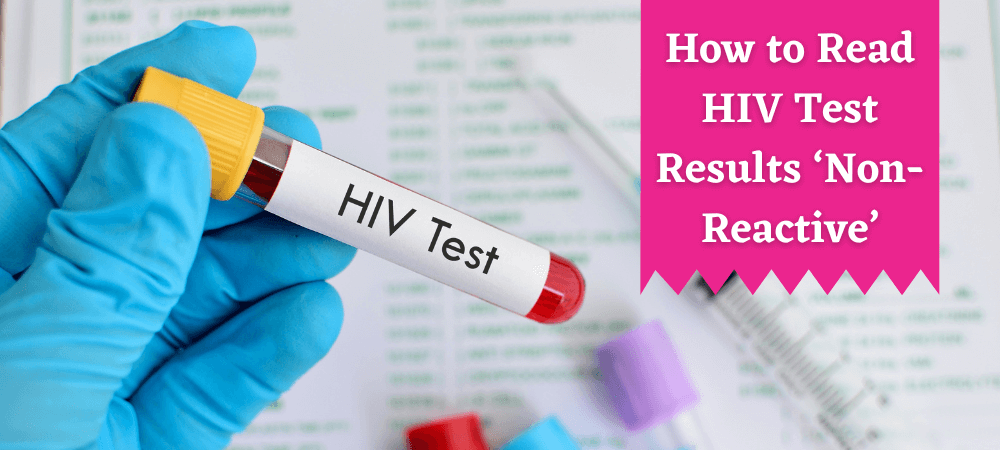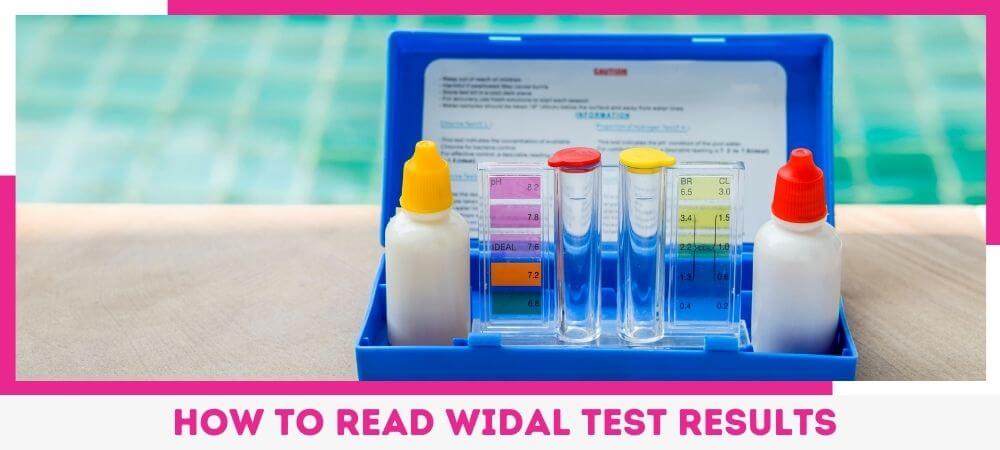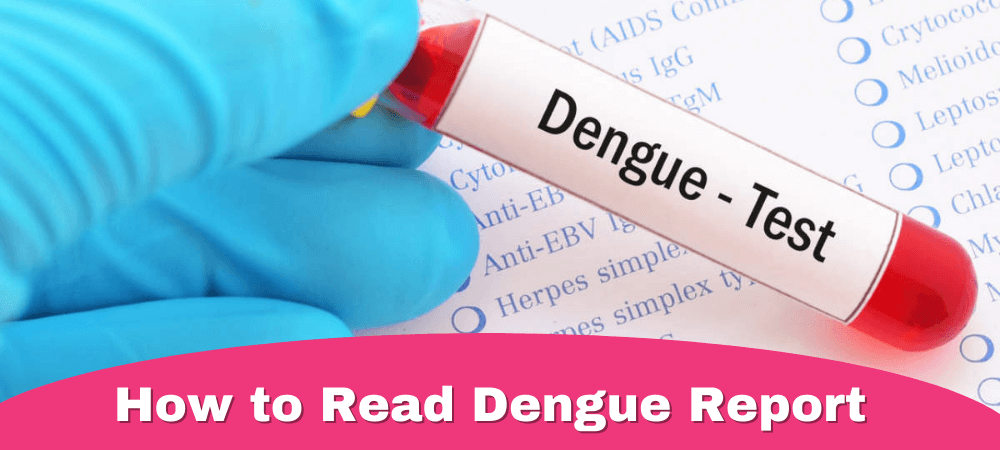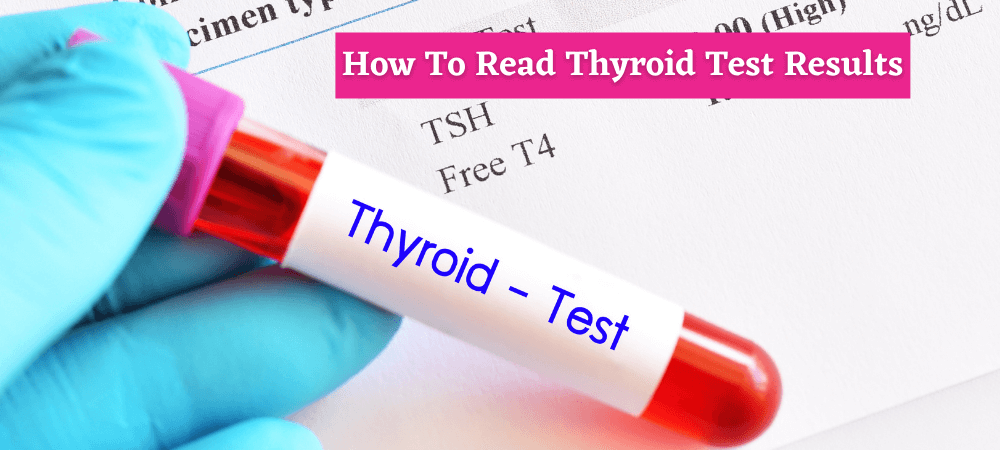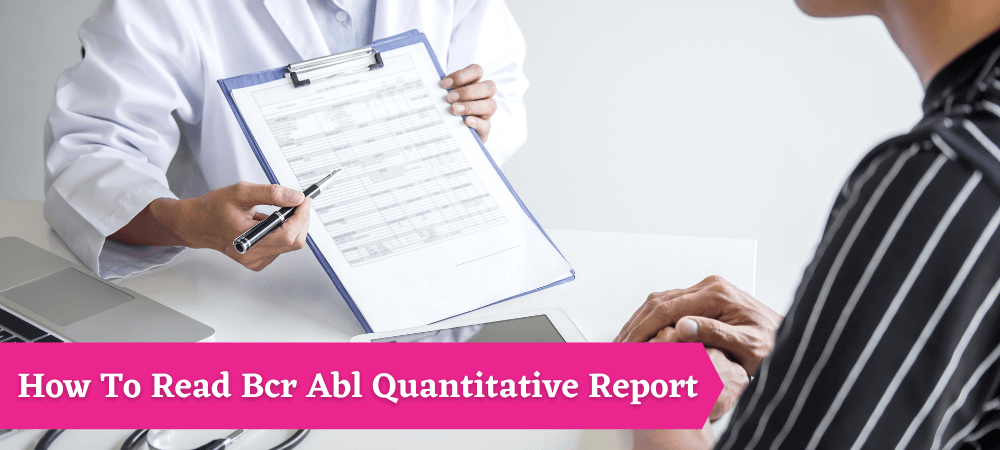HIV (human immunodeficiency virus) is a severe virus that can hurt your immune system. If it is not treated in the early stages, you will likely have AIDS (acquired immunodeficiency syndrome) sooner or later.
How to Read HIV Test Results ‘Non-Reactive’
Understanding HIV blood test report is less challenging and more confusing because of the terms positive, negative, and non-reactive. You understand the positive and negative, but what is Non-Reactive?
In this article, you will understand what is Non-Reactive in your HIV test results and how to read your report.
When It Says Non-Reactive, You Must Be Careful.
A non-reactive HIV test result indicates no HIV antibodies are detected in your blood. You do not have HIV if you have taken this test at least one month after probable HIV exposure and received a non-reactive result.
If you think you may have been exposed to HIV in the recent month, it is recommended that you take another HIV test. Because HIV antibodies can take up to one month to show up in a lab test, a test can only be accurate if it is conducted at least one month after probable HIV exposure.
How To Read Your HIV Report
Not all laboratory reports will look identical; however, the terms and units used in the information are mostly the same.
Following are the units that you will see in all HIV reports.
- mg/dl – Milligrams per decilitre
- mmol/l – Millimoles per liter
- mEq/l – Milliequivalents per liter
- mL/min – Milliliter/minute
The unit range for males and females varies; if the report does not mention the range for specifics, you must visit a suitable consultant.
In your HIV report with non-reactive test results, you will find one of these units in your reports with a specific numeric value that defines whether you are in good condition or need control over certain things.
There are two versions of the HIV report, shorter and more prolonged.
A short report has a one-page summary, including your HIV condition, HIV 1 and 2 antibodies, and serum uric acid.
On the other hand, a more comprehensive report includes glucose, sodium, potassium, calcium, etc.
Bottom-Line
HIV is a severe health issue which you shouldn’t ignore at any cost. If your test result is “Non-Reactive”, do it again with a one-month break. This article gives you the basic idea of how to read your HIV report for Non-Reactive results at home.
However, if you still don’t understand medical terms, it is advisable to ask a doctor.

